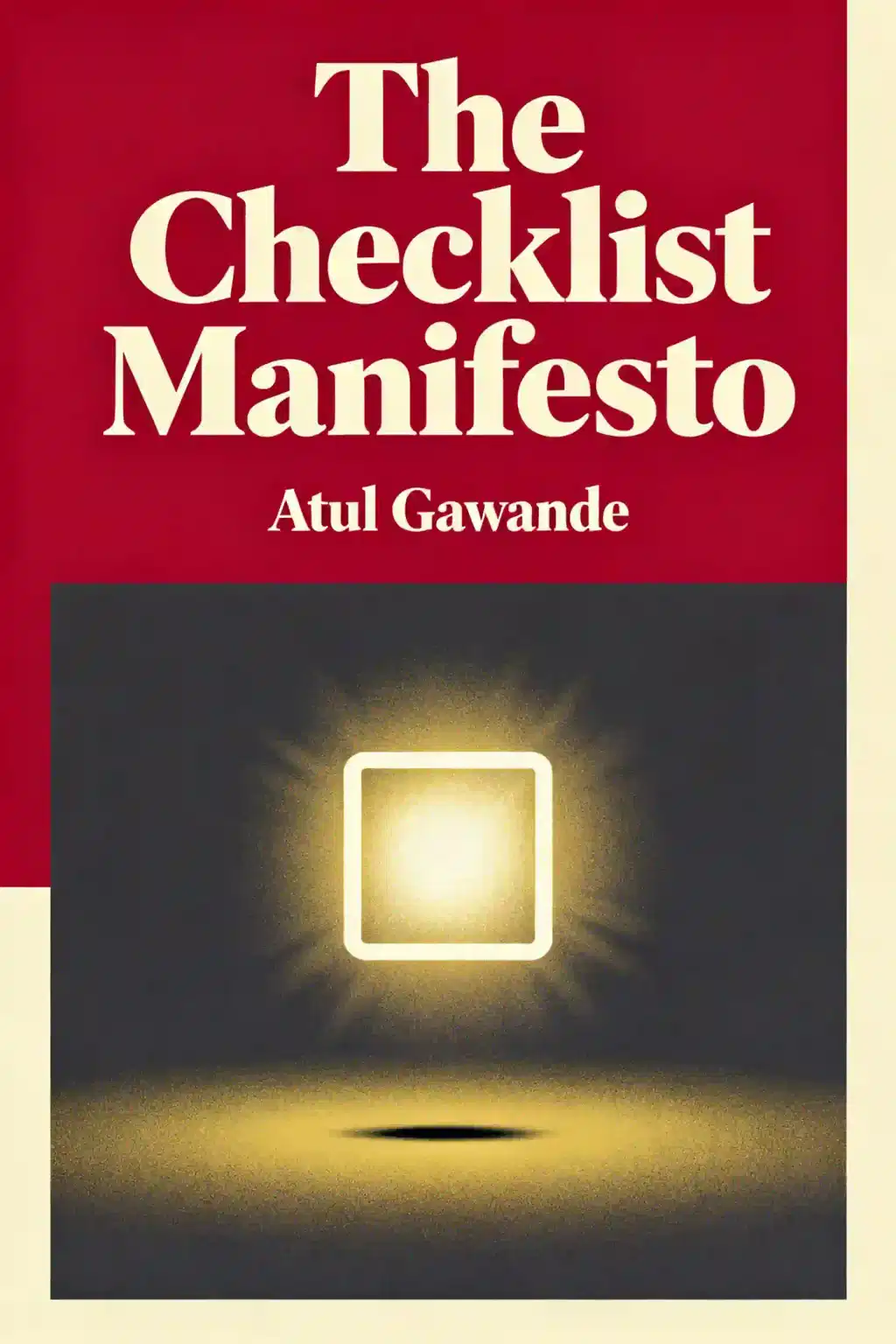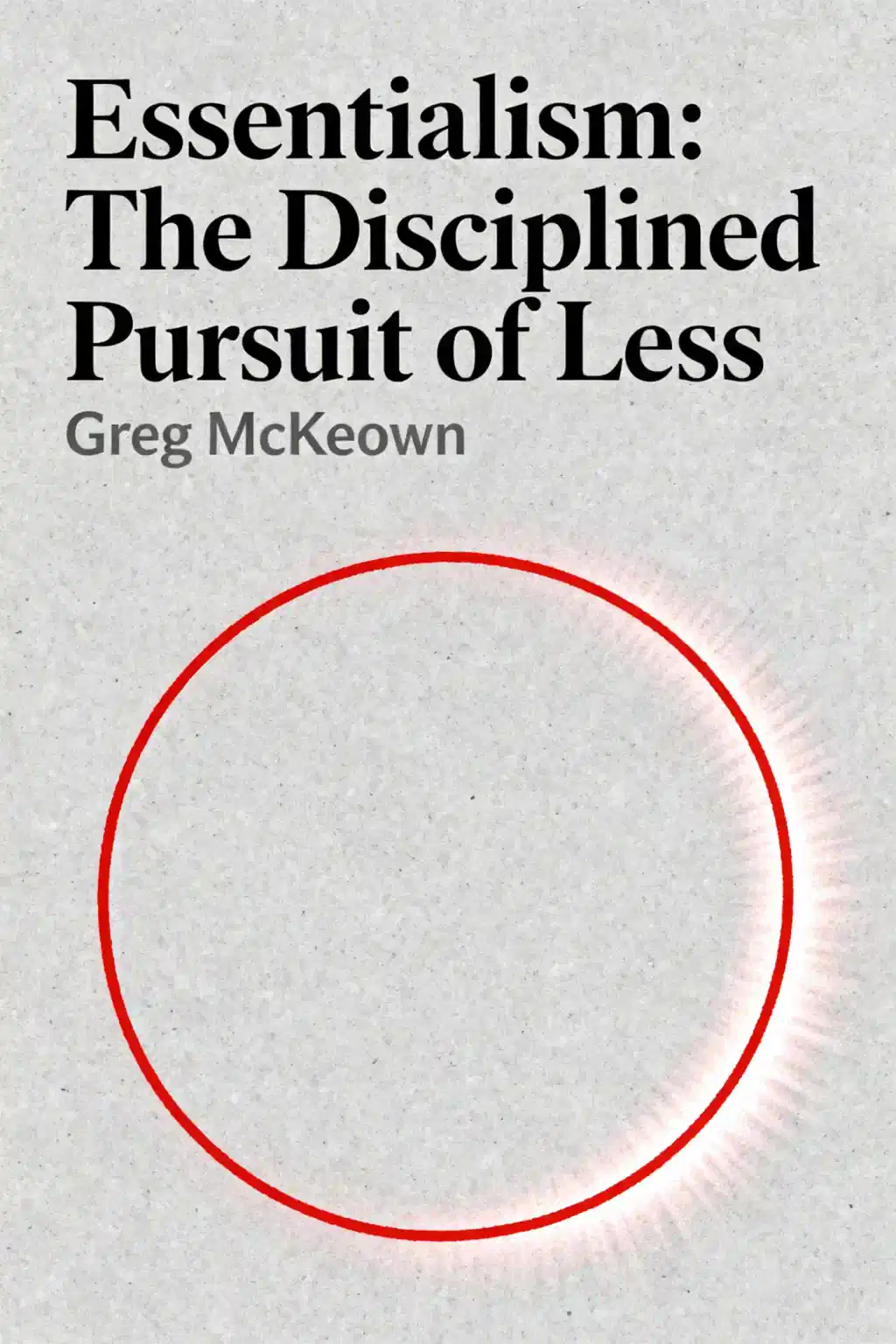What is
The Checklist Manifesto by Atul Gawande about?
The Checklist Manifesto explores how simple checklists prevent critical errors in complex fields like surgery, aviation, and construction. Atul Gawande argues that even experts benefit from structured lists to manage memory lapses, streamline teamwork, and ensure consistency. The book highlights real-world examples, including a WHO surgical checklist that reduced complications by 35%.
Who should read
The Checklist Manifesto?
Professionals in healthcare, project management, aviation, and finance—or anyone handling complex tasks—will find this book valuable. It’s also ideal for leaders aiming to reduce errors, improve team coordination, or implement scalable processes. Gawande’s insights apply to both high-stakes environments and everyday productivity challenges.
Is
The Checklist Manifesto worth reading?
Yes—it combines compelling storytelling with practical frameworks, offering actionable strategies to enhance reliability in any field. The book’s impact is proven: hospitals using its principles saw shorter ICU stays and fewer infections, while businesses reported fewer oversights.
What are the main concepts in
The Checklist Manifesto?
Key ideas include human fallibility in complex tasks, the DO-CONFIRM vs. READ-DO checklist types, and decentralizing decision-making to empower frontline teams. Gawande emphasizes balancing discipline with adaptability, ensuring critical steps aren’t skipped while allowing expertise-driven flexibility.
How do checklists improve team communication?
Checklists create shared accountability by clarifying roles (e.g., nurses initiating surgical checklists) and fostering dialogue. Teams using checklists report fewer miscommunications, as seen in aviation pre-flight routines and hospital safety protocols.
Can checklists enhance creativity?
Paradoxically, yes. By automating routine steps, checklists free mental bandwidth for creative problem-solving. Surgeons, pilots, and investors using checklists focus more on nuanced decisions rather than procedural details.
What industries benefit from Gawande’s checklist approach?
Healthcare (surgery, ICU care), aviation (pre-flight checks), construction (project timelines), and finance (investment vetting). The WHO’s surgical checklist, inspired by the book, is now standard in 20+ countries.
What critiques exist about
The Checklist Manifesto?
Some argue checklists can oversimplify nuanced tasks or face resistance in expertise-driven cultures. However, Gawande counters that checklists complement—rather than replace—professional judgment.
How to create an effective checklist?
Gawande recommends:
- 5-9 precise, action-oriented items
- Simple language familiar to users
- Real-world testing to refine steps
- Clear ownership (e.g., nurses leading surgical checklists)
What are key quotes from
The Checklist Manifesto?
- “Checklists…provide a kind of cognitive net.”
Highlights their role in catching overlooked steps.
- “Push decision-making to the periphery.”
Emphasizes empowering frontline teams with autonomy
How does
The Checklist Manifesto compare to other productivity books?
Unlike abstract theory, Gawande provides a field-tested framework rooted in high-stakes environments. It’s more tactical than Atomic Habits but less technical than Deep Work, making it accessible for practical implementation.
What real-world successes stem from the book?
- A Michigan ICU reduced infections by 66% using checklists.
- The WHO surgical checklist lowered complications by 35% globally.
- Construction firms cut delays by 30% through task verification.




















